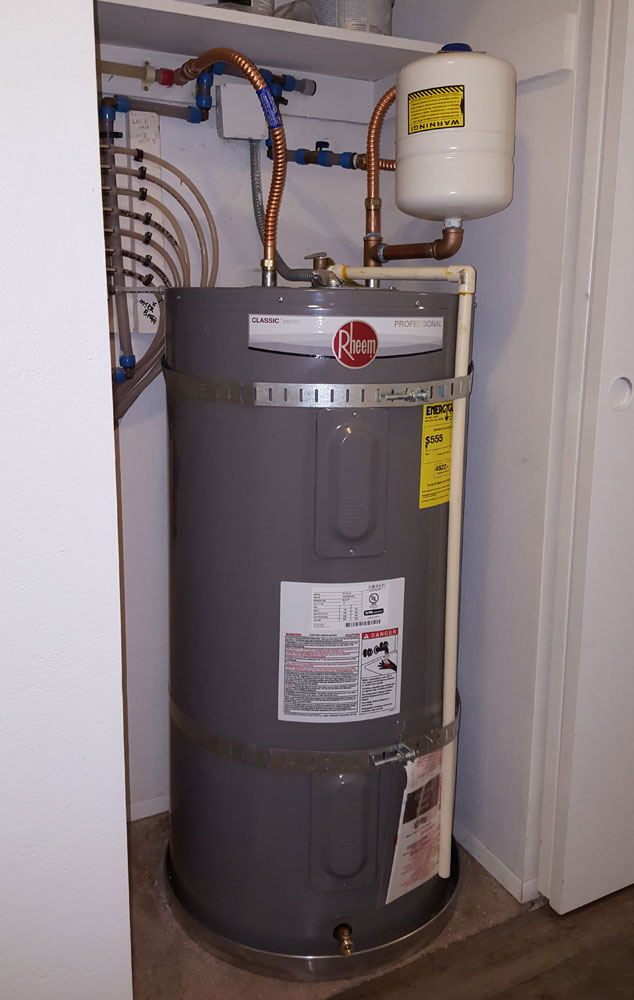The goal should be consistent, safe pressure on the house side. The T&P valve opens under pressure at 150psi which is not particularly safe. In a closed system, since the pipes don't expand much, that can happen quite quickly when you start heating water up. So, with each significant hot water use, you may get a discharge from the T&P valve. They aren't designed to be used in that manner on a regular basis.
A bypass on the PRV will limit the internal house pressure to slightly more than the supply pressure...but, that could be quite high, and while maybe a backup, doesn't work to maintain that safe internal house pressure as it will rise to just above the incoming pressure before it can then push back into the system. Plus, many utilities also have a check valve to help prevent that from happening to protect their water from potential contamination, so a bypass can't actually do anything.
So, IMHO, put in an expansion tank. They do fail, but are fairly reliable and cheap to replace when they do fail. I don't see why people object to installing one. That pressure fluctuation isn't great for your washing machine hoses, and other supply hoses either.

